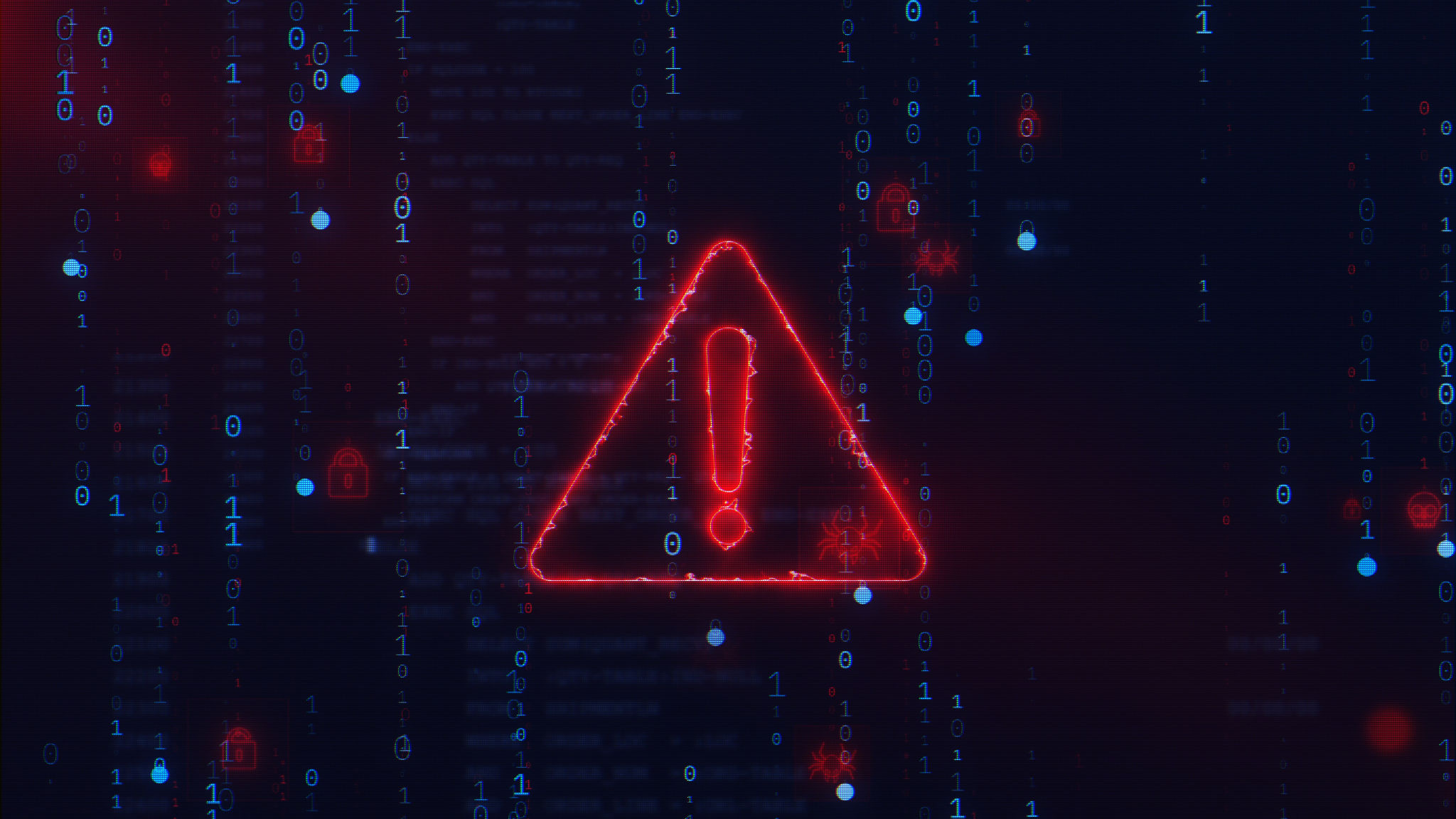How to Prepare Your Business for Cybersecurity Challenges
Understanding the Cybersecurity Landscape
In today's digital age, cybersecurity is a top concern for businesses of all sizes. The increasing sophistication of cyber threats demands that companies remain vigilant and proactive in protecting their sensitive data. As a business owner, it is crucial to understand the potential risks and prepare accordingly to safeguard your operations.
The cybersecurity landscape is constantly evolving, with new threats emerging regularly. From phishing attacks to ransomware, businesses face a myriad of challenges that can severely impact their operations. Therefore, it is essential to stay informed about the latest cybersecurity trends and tactics employed by cybercriminals.

Conducting a Risk Assessment
One of the first steps in preparing your business for cybersecurity challenges is conducting a comprehensive risk assessment. This involves identifying the assets that need protection, such as customer data, intellectual property, and financial information. By evaluating these assets, you can determine their vulnerability to various cyber threats.
After identifying potential risks, prioritize them based on their potential impact on your business. This will help you allocate resources effectively and implement targeted measures to mitigate these risks. Regularly updating your risk assessment is vital as your business evolves and new threats emerge.
Implementing Strong Security Policies
Once you have identified the risks, the next step is to implement strong security policies and procedures. Establish clear guidelines on data access, password management, and device usage within your organization. Ensure that all employees are aware of these policies and understand their role in maintaining cybersecurity.
Regular training sessions can help keep your team informed about the latest threats and best practices for avoiding them. Encourage a culture of security awareness where employees feel empowered to report suspicious activities without fear of repercussions.

Investing in Technology Solutions
Technology plays a critical role in defending against cyber threats. Invest in robust security solutions such as firewalls, antivirus software, and intrusion detection systems to protect your network and data. These tools can help detect and block malicious activities before they cause significant damage.
Additionally, consider implementing encryption technologies to protect sensitive information both at rest and in transit. This ensures that even if data is intercepted, it remains unreadable to unauthorized individuals.
Maintaining a Regular Backup Routine
Data loss can be devastating for any business. To prepare for potential cybersecurity incidents, maintain a regular backup routine. Ensure that backups are stored securely and can be easily accessed in the event of an attack or system failure.
Periodically test your backup systems to guarantee that they are functioning correctly and can be restored quickly when needed. This preparation can significantly reduce downtime and minimize the impact of cyber incidents.

Engaging with Cybersecurity Experts
Finally, consider partnering with cybersecurity experts or consultants who can provide valuable insights and assistance in protecting your business. These professionals can offer tailored advice based on your specific needs and help you implement effective security strategies.
Regularly consult with these experts to ensure that your security measures remain up-to-date and aligned with the latest industry standards. Their expertise can be invaluable in navigating the complex world of cybersecurity and ensuring your business remains secure.
In conclusion, preparing your business for cybersecurity challenges requires a proactive approach that includes risk assessment, implementing strong policies, investing in technology solutions, maintaining backups, and engaging with experts. By taking these steps, you can protect your business from potential threats and ensure its resilience in the face of evolving cyber risks.